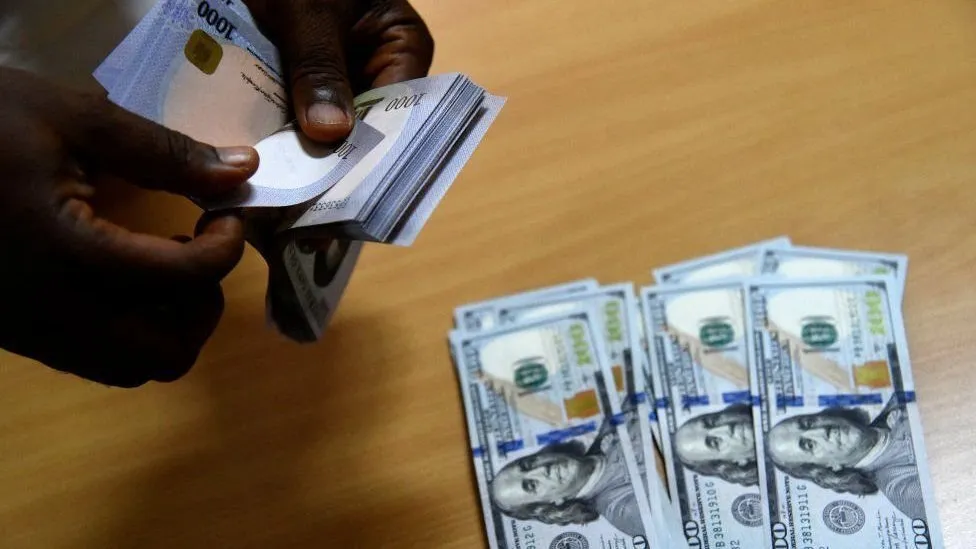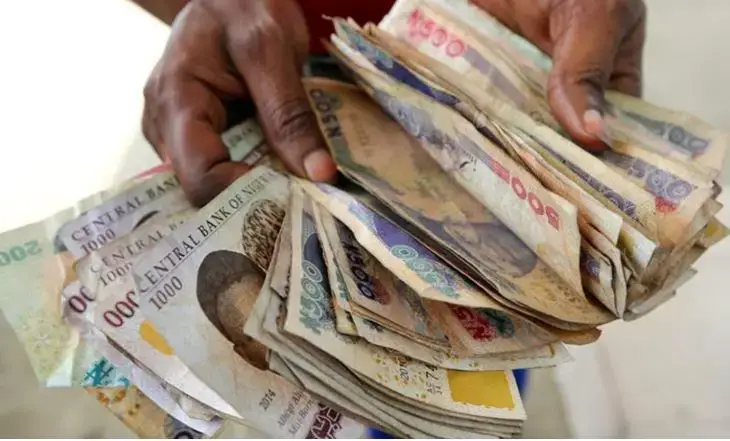The Nigerian naira has once again shown resilience by surpassing a critical resistance level on the black market, reaching a rate of N1,170 against the US dollar. However, this achievement is met with caution as the U.S. Federal Reserve prepares to announce its interest rate decision later today.
Despite the favorable conditions in the global oil market, Nigeria has struggled to bolster its local currency. The ongoing geopolitical instability in Eastern Europe, which began in February 2022, has adversely affected the Nigerian economy. Moreover, the scarcity of U.S. dollars in the central bank’s vaults has prevented the naira from remaining below the 1,000 naira to a dollar mark on the black market.
In response to these challenges, the Central Bank of Nigeria (CBN) has adopted unconventional measures to support the local currency in the foreign exchange market. Recent reports have suggested that the Federal Government plans to digitize forex transactions, discouraging speculative demand and cash hoarding. However, the sources of foreign exchange (FX) liquidity remain elusive. Nigeria’s largest revenue source in U.S. dollars comes from oil sales. Still, the country’s daily oil production, which is decreasing monthly despite rising oil prices, is below OPEC’s quota of 1.8 million barrels per day.
Furthermore, ongoing geopolitical tensions, including conflicts in the Middle East and the Russia-Ukraine conflict in Eastern Europe, have elevated the demand for the U.S. dollar. Market speculators anticipate a surge in demand for the dollar as investors seek refuge in safe-haven currencies during this period of heightened uncertainty.
The U.S. Federal Reserve is expected to maintain its policy rate at 5.25% for the second consecutive meeting. However, the language in the Fed’s statement regarding the likelihood of future tightening, as well as Chairman Powell’s remarks about the policy outlook, could introduce increased volatility in the market.
Despite recent economic data and the perception of higher long-term interest rates leading to expectations of rate cuts in 2025, the strength of the U.S. dollar has been bolstered by rising U.S. government debt yields. The dollar index has seen a notable rally, with market diversity appearing to be low as measured by fractal dimensions, despite reaching a multi-month high. Nevertheless, it’s important to note that when interest rate differentials shift against the U.S. dollar, predictions of the naira strengthening against the dollar in the latter half of next year into 2025 may face challenges.
The future remains uncertain, and a complex interplay of factors influences the dynamics of currency exchange rates. For now, market watchers will closely monitor the outcome of the U.S. Federal Reserve’s interest rate decision and its potential impact on the naira’s value in the coming months.











